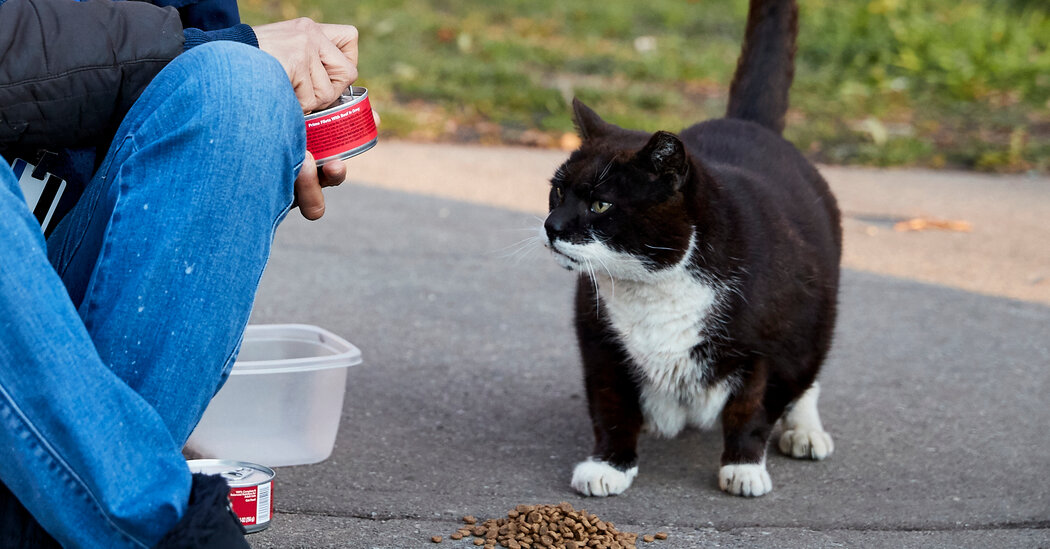In the tapestry of our shared existence, the thread of animal welfare is imbued with profound significance. The cruel act of intentionally killing a cat unravels this thread, sparking outrage and igniting conversations about the profound moral obligations humanity holds towards its animal counterparts. So, what if such a heinous act occurs? How does the law perceive, categorize, and respond to this egregious violation of life?
To comprehend the legal ramifications, one must first delineate the intricacies of animal cruelty laws. In many jurisdictions, animal cruelty encompasses acts that cause unnecessary suffering or death to animals. This category often bifurcates into two distinct lanes: acts of commission—where an individual intentionally inflicts harm—and acts of omission—which may involve neglect or failure to provide adequate care. When we delve into the precipice of intentionality, the ramifications multiply exponentially.
Legal definitions differ from state to state, yet the essence remains largely uniform: the purveyors of cruelty must be held accountable. In states like California, animal cruelty is codified under the Penal Code § 597, which stipulates that any person who maliciously and intentionally maims, mutilates, tortures, or kills any animal is guilty of a felony. The stakes become higher when a beloved household companion, such as a cat, is involved. Penalties vary, but felony charges can result in substantial fines and significant prison time.
Consider the psychological underpinnings of such an act. The intention behind killing a cat can stem from a cocktail of motivations—ranging from the inexpressible to the inexplicable. In some cases, it may arise from a misdirected expression of anger, while in others, it may reflect deeper sociopathic tendencies. Courts may consider these motivations during sentencing, especially if there are indicators of a broader pattern of anti-social behavior. The law possesses a dual nature: it seeks justice for the victim while simultaneously attempting to understand the perpetrator’s psyche.
Yet, legal repercussions often hinge upon the proof of intent. Establishing clear evidence can be a daunting task, particularly when the act is cloaked in ambiguity. Witnesses may be elusive, and incriminating circumstances can be challenging to substantiate. In a society increasingly reliant on prosecutorial narratives, the phrase “beyond a reasonable doubt” becomes paramount. Failure to meet this high standard could lead to acquittals or reduced charges, much to the dismay of animal advocates.
Furthermore, the significance of community involvement cannot be understated. Vigilant citizens acting as the eyes and ears of their neighborhoods hold a pivotal role in combating animal cruelty. Reporting suspicious activities may not only assist law enforcement but also galvanizes community solidarity. Grassroots movements, driven by grassroots enthusiasm, can shape the narrative around animal rights and affect legislative change. It often manifests as an awakening, a rallying cry urging society to confront injustices head-on.
However, some jurisdictions still face challenges in enacting stringent animal welfare laws. There exists a patchwork of regulations across the United States, resulting in a judicial landscape that appears uneven and sometimes inadequate. Some animals may receive protection under local ordinances, while others face a veritable lack thereof. This inconsistency complicates the legal landscape and complicates the pursuit of justice for victims like the beloved stray cat whose death may be the catalyst for community aspirations toward legislative reform.
Moreover, cultural attitudes towards animals permeate legal frameworks. In certain cultures, animals are perceived solely as property, a perspective that undermines animal rights. This status quo can hinder activists who advocate for a reevaluation of laws governing animals, urging lawmakers to view them as sentient beings deserving of protection. When a cat is killed, the act is often viewed through this lens of property destruction, diluting the profound loss felt by owners and communities alike.
In the aftermath of an event involving the intentional killing of a cat, societal responses can galvanize change, fostering a dialogue surrounding the value of animal life. Victims often become symbols of broader movements; stories of cruelty can spark public outrage, prompting calls for reform that can alter the legal landscape. Public campaigns focusing on education, prevention, and legal reform can help protect vulnerable animals and create robust mechanisms to hold individuals accountable.
Ultimately, when faced with the grim possibility of intentional harm, one must consider not only the legal framework but also the cultural context and potential for societal change. Each incident serves as a reflection of our humanity, and the laws we enact hint at the values we cherish most. The journey towards improved animal welfare is perpetual, fraught with obstacles yet illuminated by hope and collective resolve.
In conclusion, while the law strives to eradicate cruelty and protect lives, it cannot operate in a vacuum. It requires the persistent engagement of a community armed with knowledge, compassion, and an unwavering commitment to justice. The fabric of our society is woven with the delicate threads of empathy and advocacy, compelling us to stand united against violence and cruelty, ensuring that no feline life is taken in vain.










